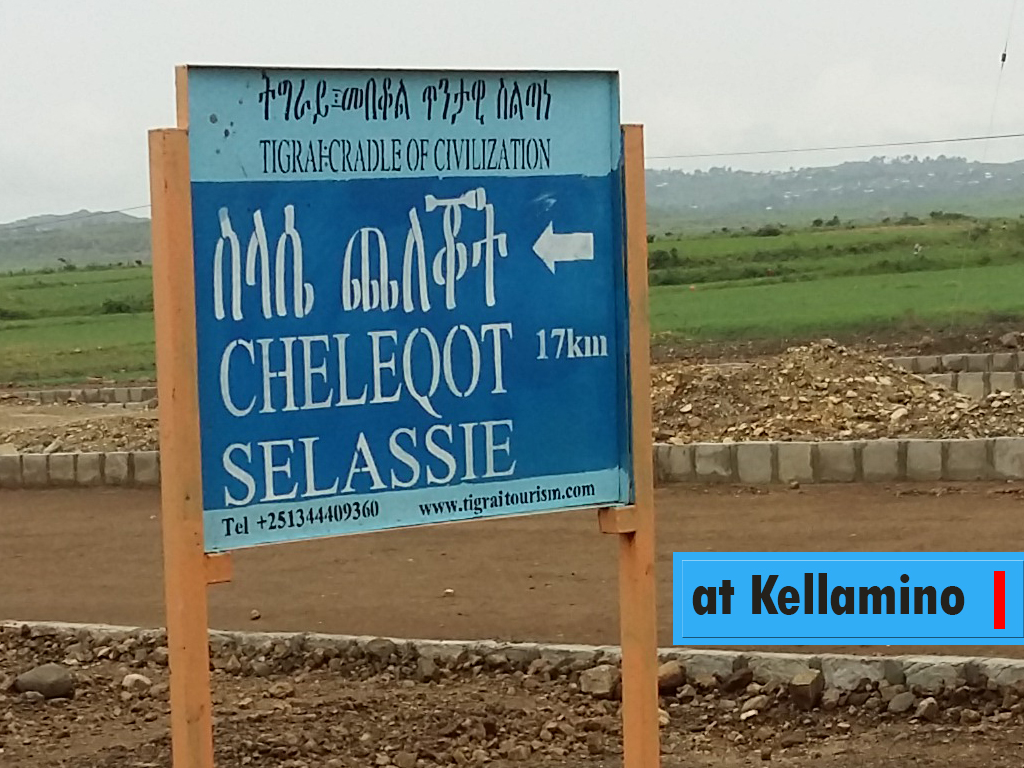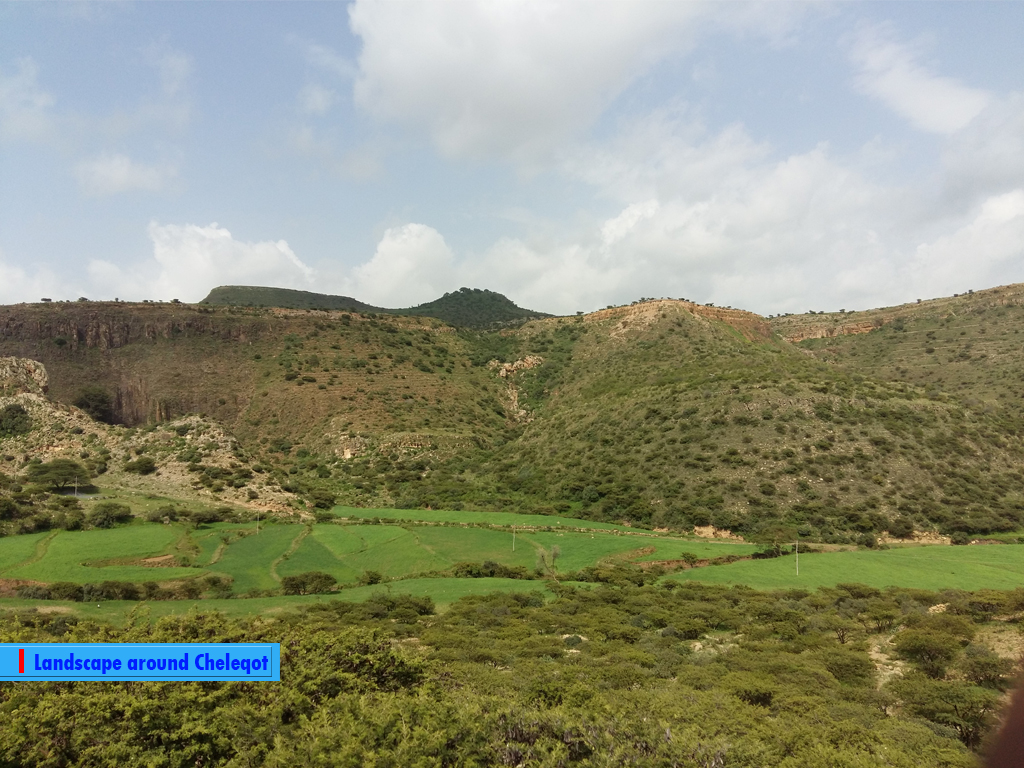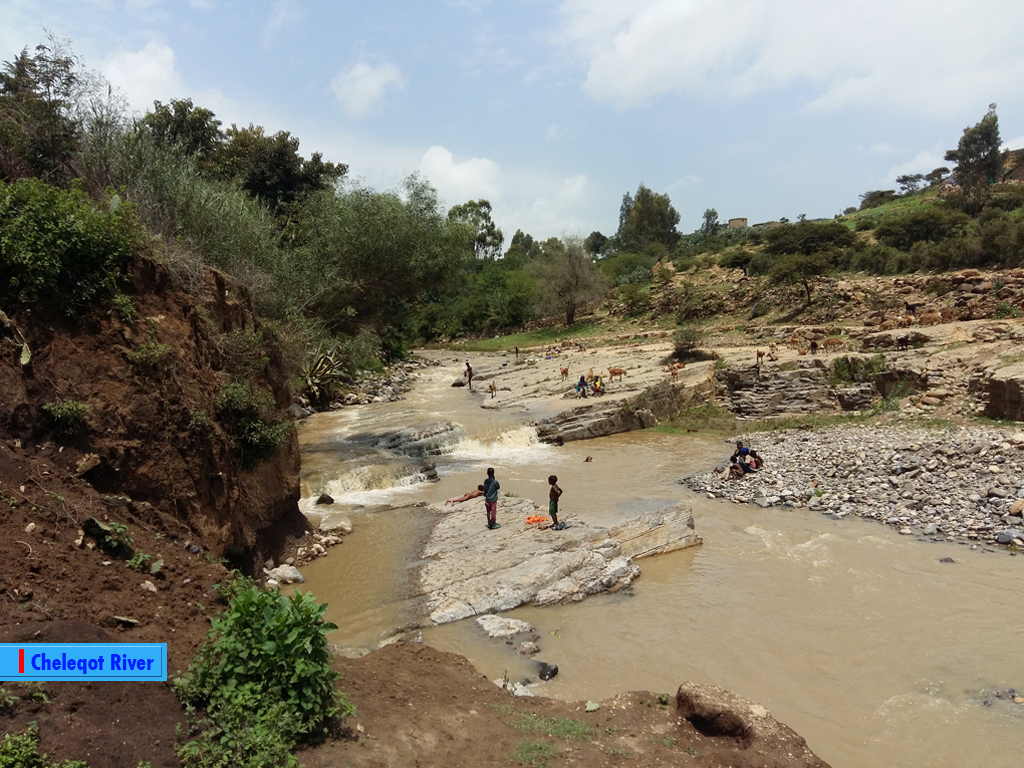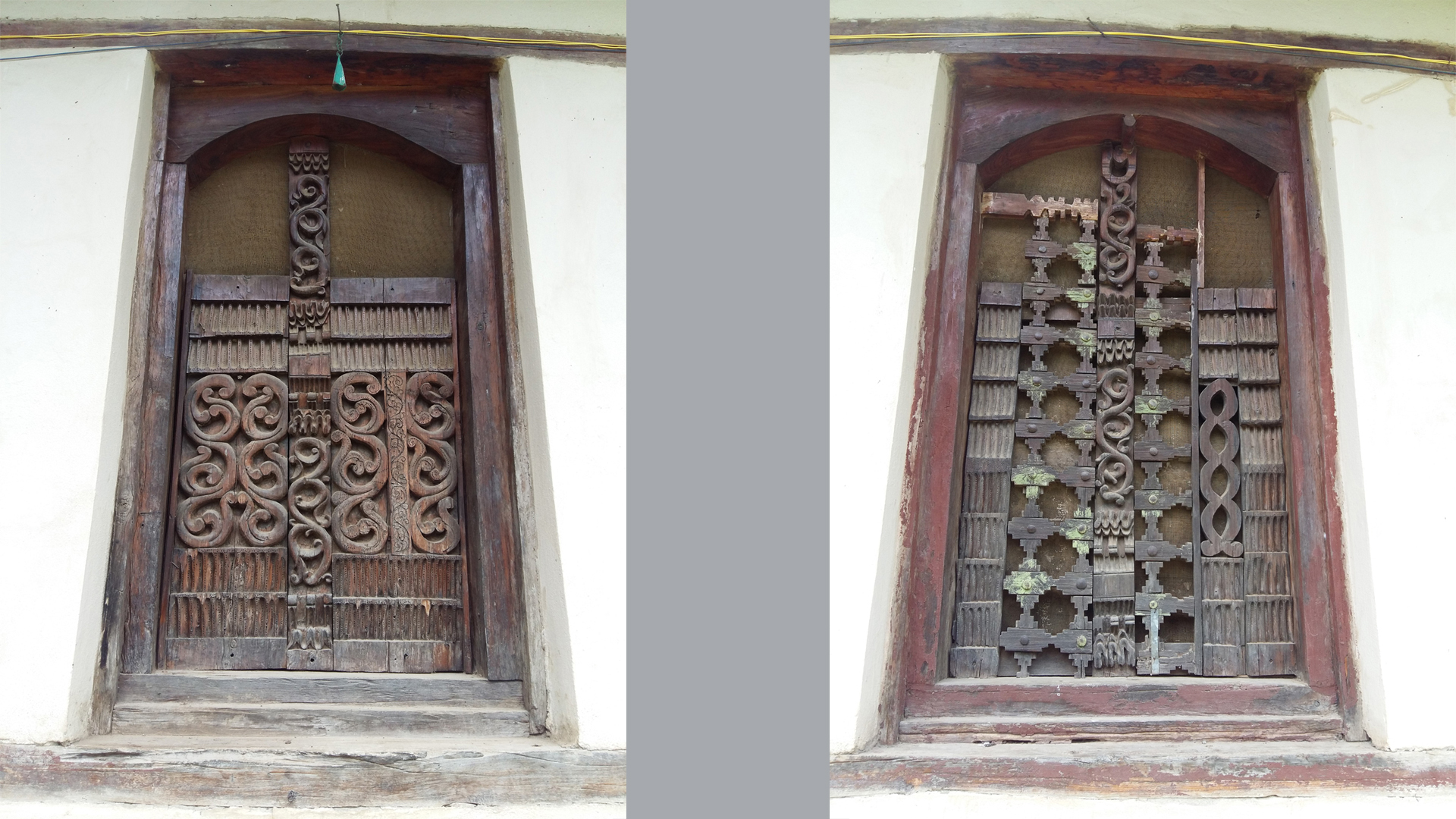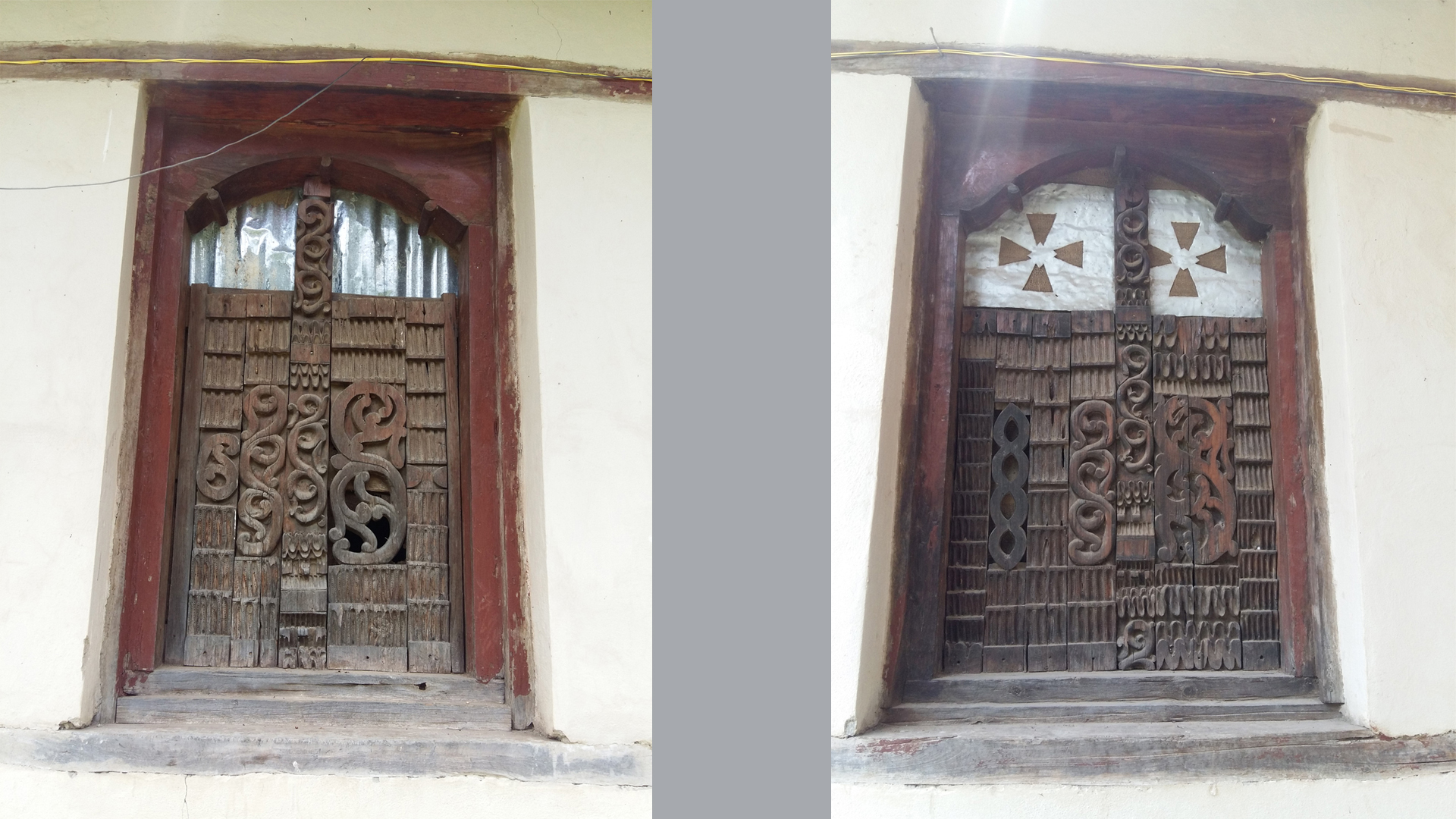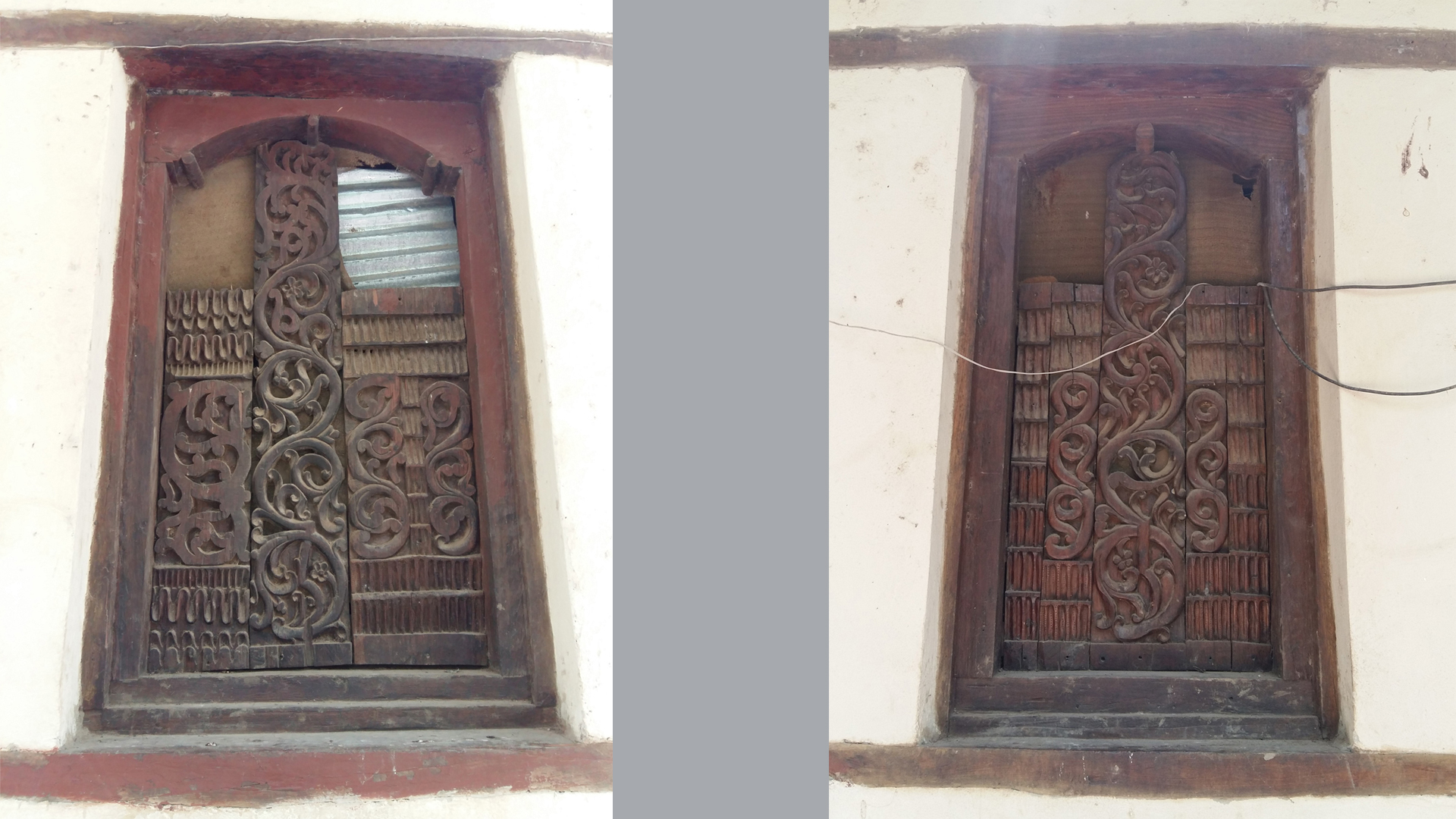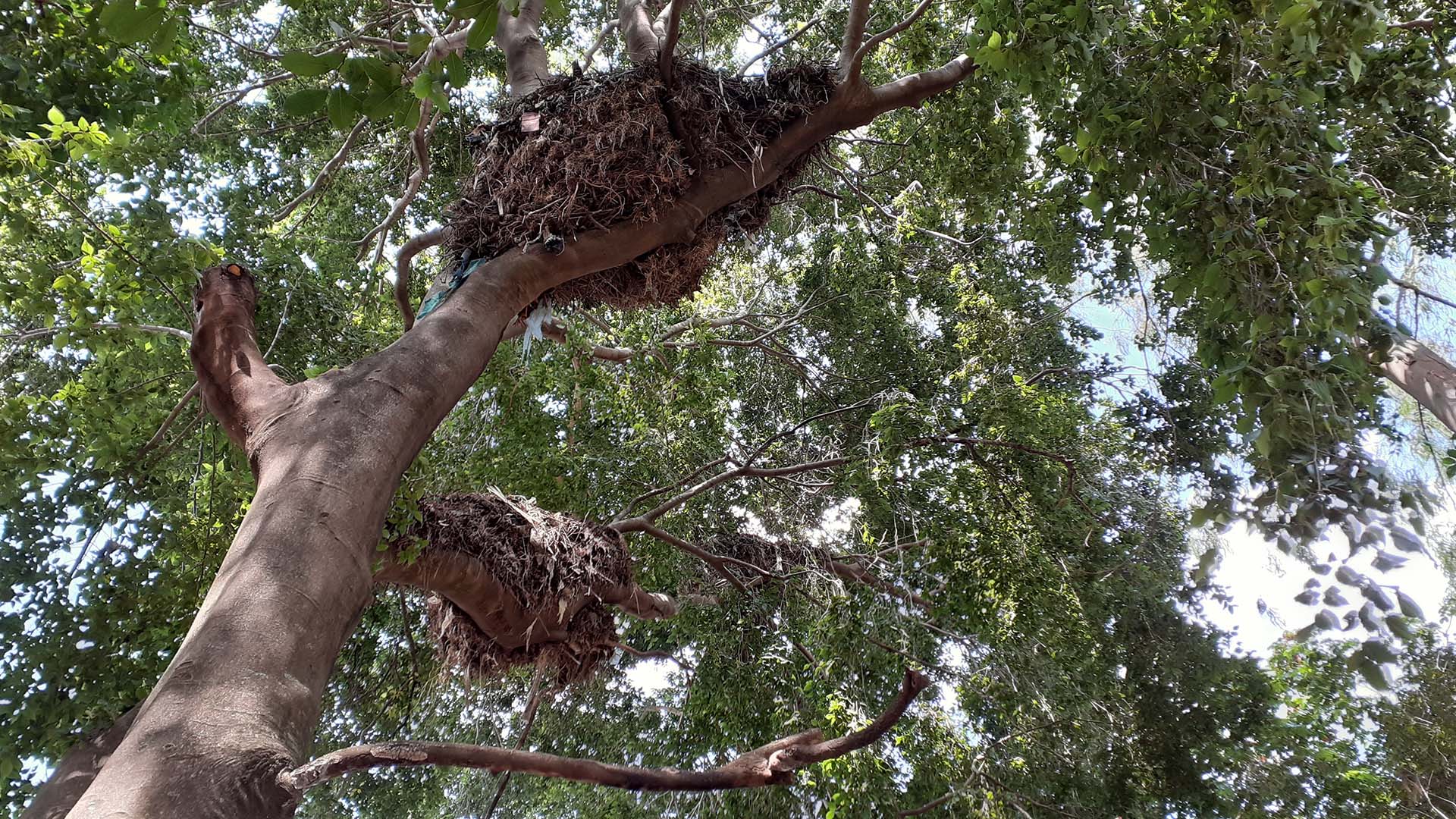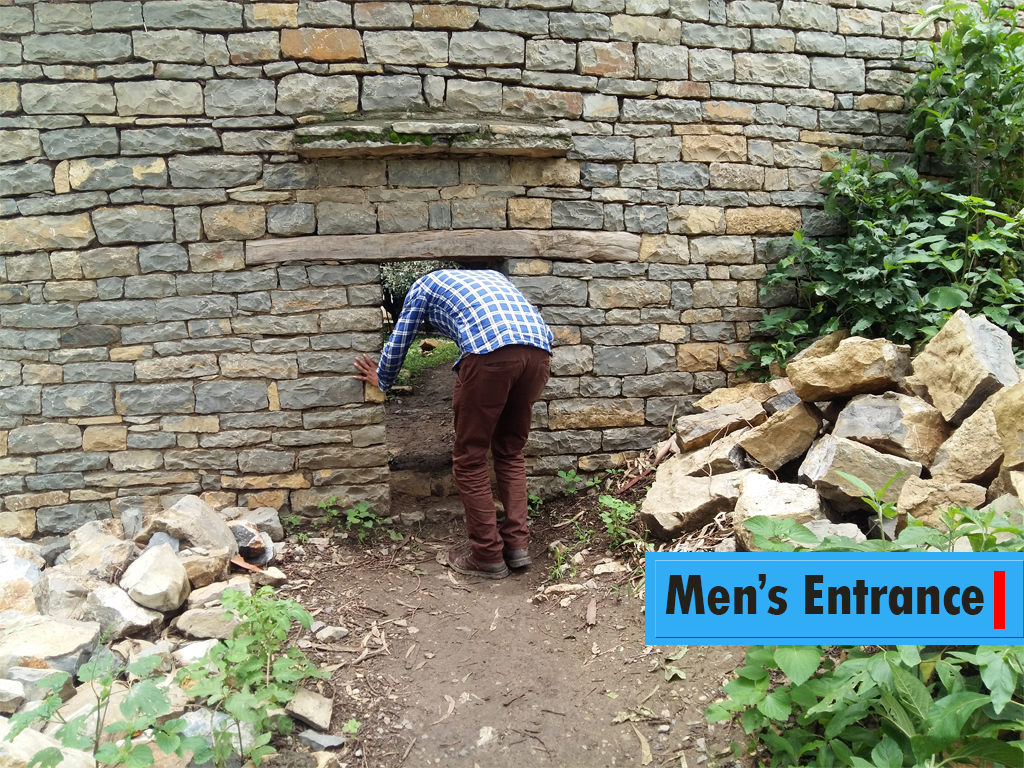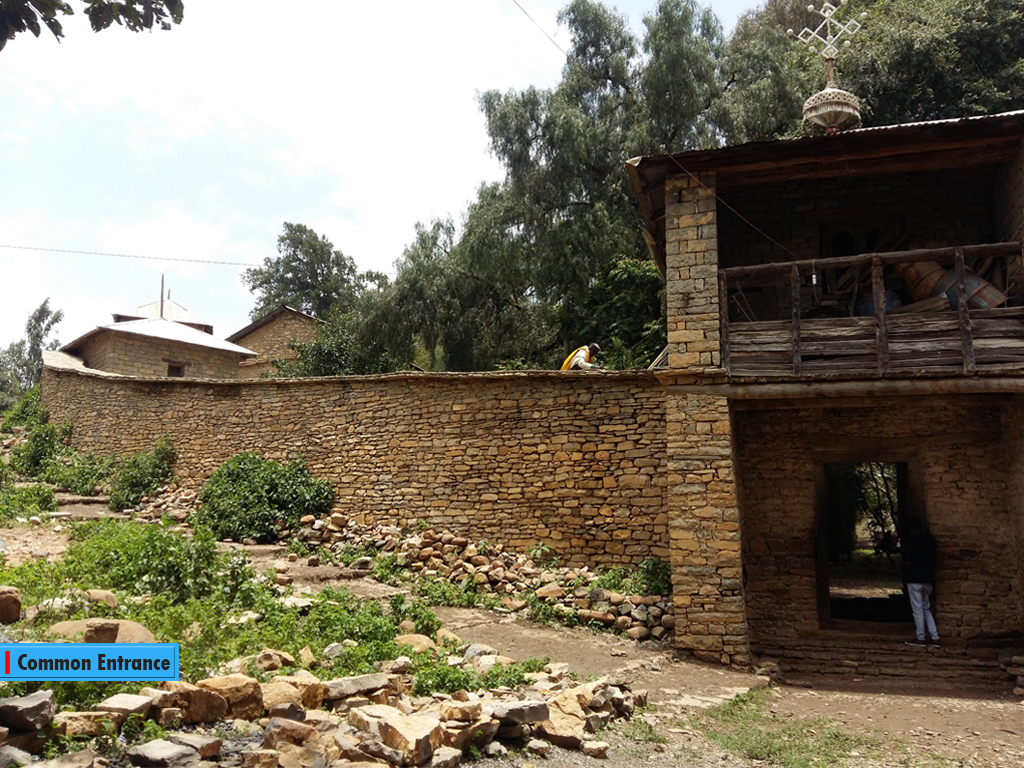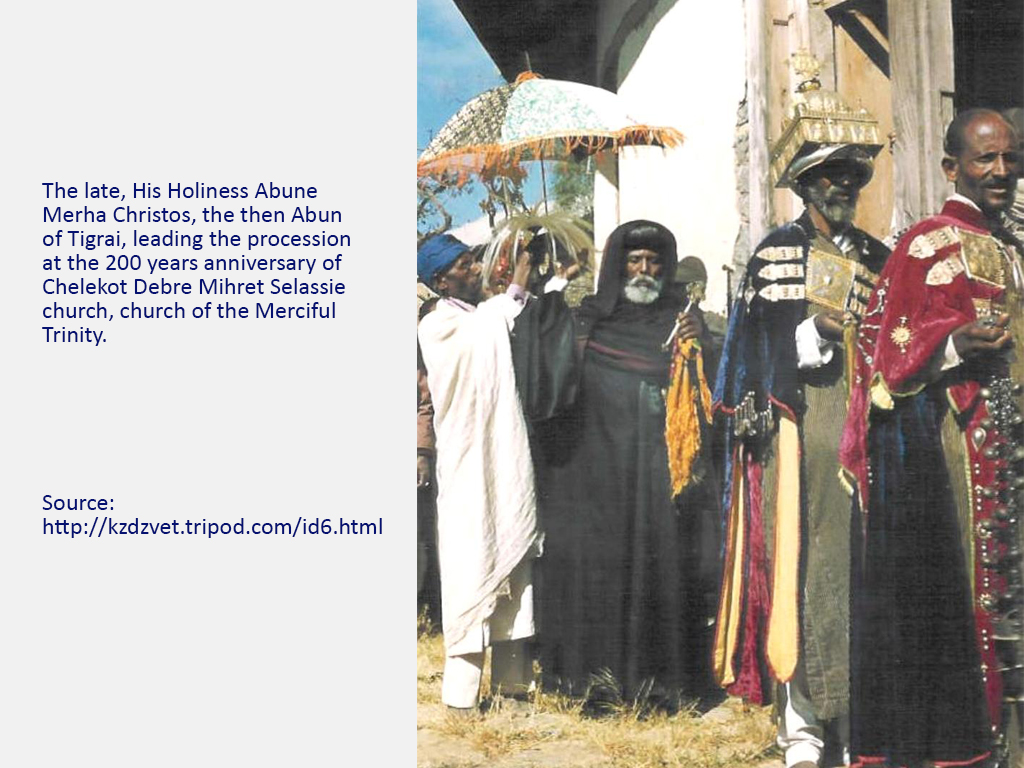Chelekot is a village in the Enderta, Tigrai, 10 kilometers north of Hintalo and 17 kilometers south of Mek’ele. At an approximate elevation of 2,100 meters above sea level, the village has a latitude and longitude of 13°22′N 39°28′E / 13.367°N 39.467°E.

History
Chelekot is mentioned in a charter written in 1794 when Emperor Tekle Giyorgis made a grant to Meqdese Selassie Church in the village; the document mentions seven properties. Ras Wolde Selassie made Chalacot his capital and received Henry Salt there in 1810. The Ras built a palace in the village, as well as houses for his wives and the church Chelekot Selassie, which Philips Briggs described as an “architecturally impressive example of the circular tikul styles of paintings” and “covered in beautiful 19th-century paintings”. When Wolde Selassie died in Chelekot (1816), his nephew Walda Rufa’el sacked it.
Checkout 360 virtual tour of the Selassie Chelekot Church. Photo credit: Alula Tesfay.
The town had recovered its former prosperity by the 1840s when Ferret and Galiner visited it; they described it as “one of the principal towns” of Ethiopia, with a population of 3,000 living in well-constructed houses and well-kept gardens. However, a little more than a generation later Cheleqot had declined; Guglielmo Massaia found only 200 houses with about 1,000 inhabitants, and in the 1880s Augustus B. Wylde reported he counted only 80 houses there. The town suffered further losses during the First Italo–Ethiopian War according to Richard Pankhurst, who included Cheleqot in a list of northern Ethiopian towns affected by the “disturbed conditions of the times.”
Selassie Chelekot Church is an important church in Tigrai. Built-in the 1780s, by Ras Welde Selassie, Selassie Chelekot (also Cheleqot) church is still an active orthodox church. With a round shape, it has 3 main doors and 9 beautifully decorated windows. All the doors and windows are made of artistically shaped large local woods. In fact, the name CHELEQOT was derived from this fact.
When Ras Wolde Selassie came for the inauguration of the church, he saw the beautiful wooden blocks which the church was made from. He asked, “what are these woods?” The builders replied, “Qot” (ቆት), a name of a strong and thick wood still common in the area. Ras Wolde Selassie was amazed and said: “Nice Qot” (ጨለ ቆት) meaning ‘nice Qot’ and hence the name “Cheleqot” (ጨለቆት).
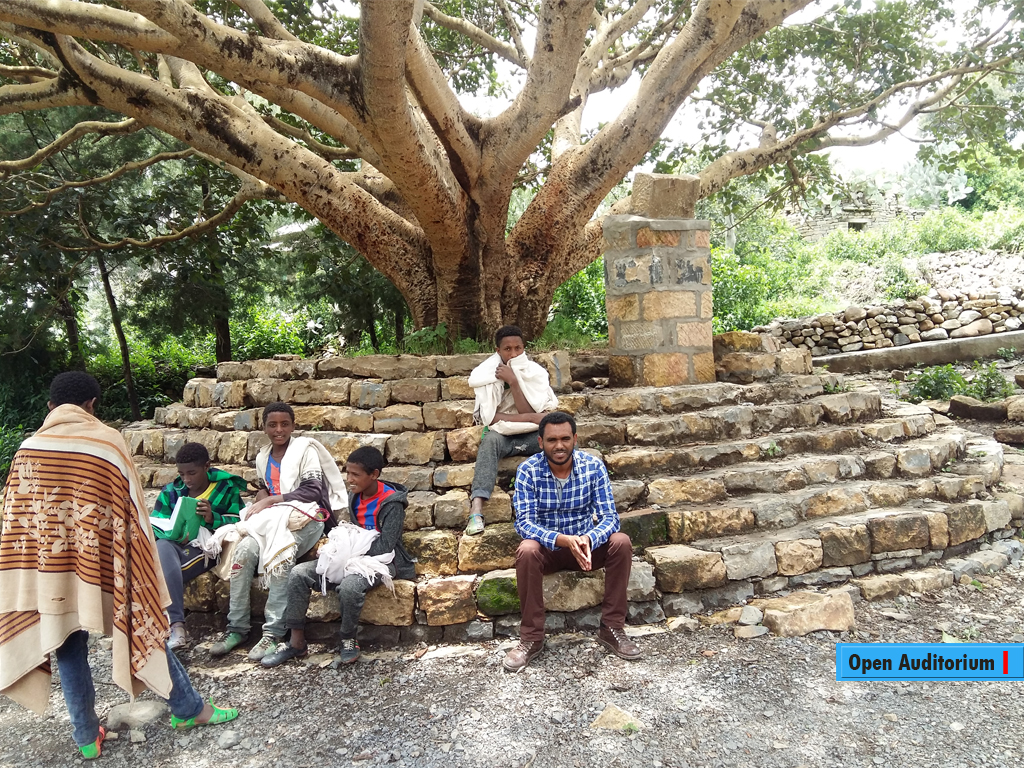
The church has different gates for males and females.
Inside the church, there are graveyards for famous people. The wife of King Tewodros II and the mother of Prince Alemayehu Tewodros, Ras Wolde Selassie, Merha Kristos, and many other notable people have been buried here. Each tomb has separate rooms built and can be seen inside the compound of the church.

The church has many precious gifts from different kings and notable people. They have built a separate building to serve as a museum and display the church’s precious treasures for tourists.
Notable inhabitant
Chelekot is the birthplace of Ras Araya Dimtsu of Enderta chief crown councilor to Emperor Yohannes IV of Ethiopia 1867-1889. Ras Araya was also an influential governor of Tigrai and Akale Guzay. He died at the battle of Metema while fighting against the Mahdists of Sudan along with Emperor Yohannes in March 1889. He is the maternal uncle of Emperor Yohannes. Emperor Yohannes’s mother, Amate Silas Dimtsu is also from Chelekot where she was born from her father Dejazmach Dimtsu Debab of Enderta, some time hereditary chief of Enderta in the 1820s and 1830s. Chelekot is also the burial place of Empress Tiruwork Wube the granddaughter of Ras Wolde Selassie, and the widow of Emperor Tewodros II, Mum of Prince Alemayehu. Emperor Menelik II paid a visit to the churches of Chelekot on his way to the Battle of Adwa and gave his robes of state to the Church of the Holy Trinity (Mekdese Selassie) as thanks for his victory over the Italians where they are still displayed.
Important treasures of the church were looted some years ago and the case was a very hot issue among Tigrai Orthodox and Tigrai Tourism. Recently one of the treasures was found in the Netherlands in one Ethiopian man’s hand. It was returned after several campaigns.
To protect the church treasured Mekelle University built a museum inside the church. It was almost finished. At Hadgi, we were able to see it while it was at a furnishing stage. Fund was also being raised for the church compound fence.

